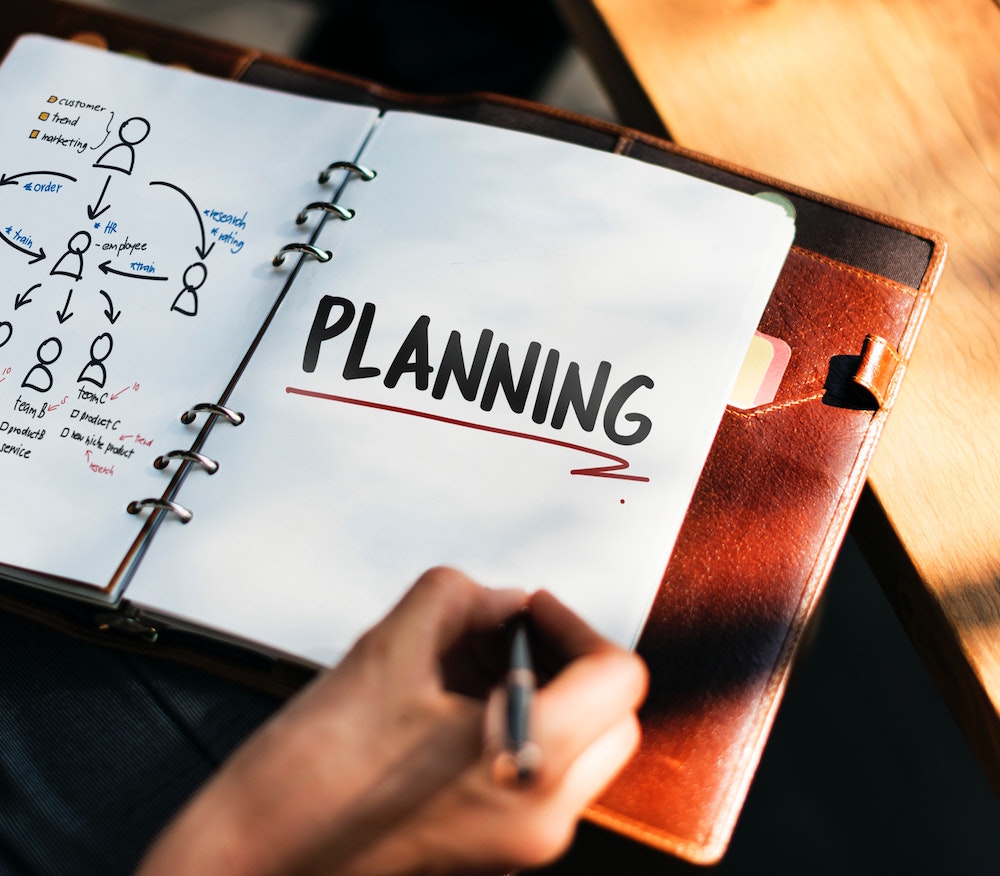With each new blog post, we are always seeking ways to educate and inform our readers about some of the marketing industry’s hottest topics. For example, we have covered themes such as paid and organic influencers and Amazon marketing. This month, we’re tackling experiential marketing and the benefits it can have for your brand.
What is Experiential Marketing?
Most public relations strategies incorporate trade shows and media events, activities where the primary focus is to engage with press and network with potential retailers, distributors, and beyond. While these initiatives are important for brand awareness, there is one core group that is typically not in attendance: consumers. And, engaging with this group is crucial for enhancing your company’s visibility in the marketplace.
Experiential marketing encompasses activations focused on your core consumers. These events offer opportunities to engage with and entertain the community, and to build brand affinity. Yet, what makes an experiential marketing event successful? While measuring community engagement may be difficult, establishing precise processes that aid in the execution of your events will enable an analysis of success.

Event Selection
There’s a great deal of logistics and planning that goes into any event. By establishing methods for selection and implementation, you are able to better evaluate your events.
The key is taking a look at the ideal demographic you would like to engage with and where they are located. To determine the proper event for your brand, one must consider:
- What events within 15 miles of your key markets share common values with your brand?
- What is the anticipated attendance vs. cost?
- Who will staff your event?
- What materials do you need to participate – a tent, table, signage, T-shirts, promotional materials? Where will you store these?
- What vendors can you partner with? A local restaurant? A local charity that can benefit from any funds collected?
- What are your goals for the event?
- How will you engage attendees? What will you offer to help reach a goal?
- How will you evaluate success?
Event Toolkit
A step-by-step process of what will happen the day of your event is crucial. “Flying by the seat of your pants” or assuming others know what to do is a surefire way to have an issue onsite.

Providing all team members, both onsite and offsite, with the following tools lends itself to success:
- Logistics Brief
- This should entail arrival and departure times for all team members, event hours, directions to the event, contact information for event coordinators, an onsite map with activation area noted, and any other crucial details.
- Materials List
- An inventory of all materials (marketing collateral, tables, chairs, signage, etc.) should be included with your toolkit, and must be counted and accounted for before and after each event.)
- Set Up Overview
- No detail should be missed in your toolkit. If your event requires set up of a tent or table, clearly provide diagrams of how the space should look and how to properly set up each component.
- Engagement Plan
- What should brand ambassadors say to guests? What is the goal of the engagement? Provide team members with an event overview establishing messaging, scripts, and goals well ahead of time.
- Event Recap Procedure
- Where do supplies go after the event? If information is collected from participants, how is it analyzed and where is it sent? Establishing these processes is necessary in being able to measure the success of an event and to continue conducting such activations.
Measuring Success
Engaging the public is the goal of experiential events, however, if you are not selling products at your event, how do you measure its success? A great first step is finding a way to collect visitor information, such as entry to a giveaway. After the event, you can use this information to attempt to connect with the consumer in a digital way. By measuring the number of event attendees vs. emails collected vs. engagement with the brand after the event, you can cross reference these figures with the cost, demographics, and type of event to determine what was most successful and continue to optimize your activations in the future.

Additionally, more objective informative should be analyzed – such as weather, table location, competition, and more to determine what affected your results.
Guest Engagement
Numbers aside, brands must consider the end goal: to provide consumers with an enjoyable experience. And, you must consider this from their perspective. What excites someone to visit your brand at an event? What goods or services do you offer? What games or activities are you offering for enjoyment, rather than trying to “sell, sell, sell”? At the end of the day successful experiential events are those at which consumers have fun, you achieve a company goal, and you can measure your wins and losses.
Do you think experiential marketing would benefit your brand? From community, regional, and national events, lotus823 can guide you.






